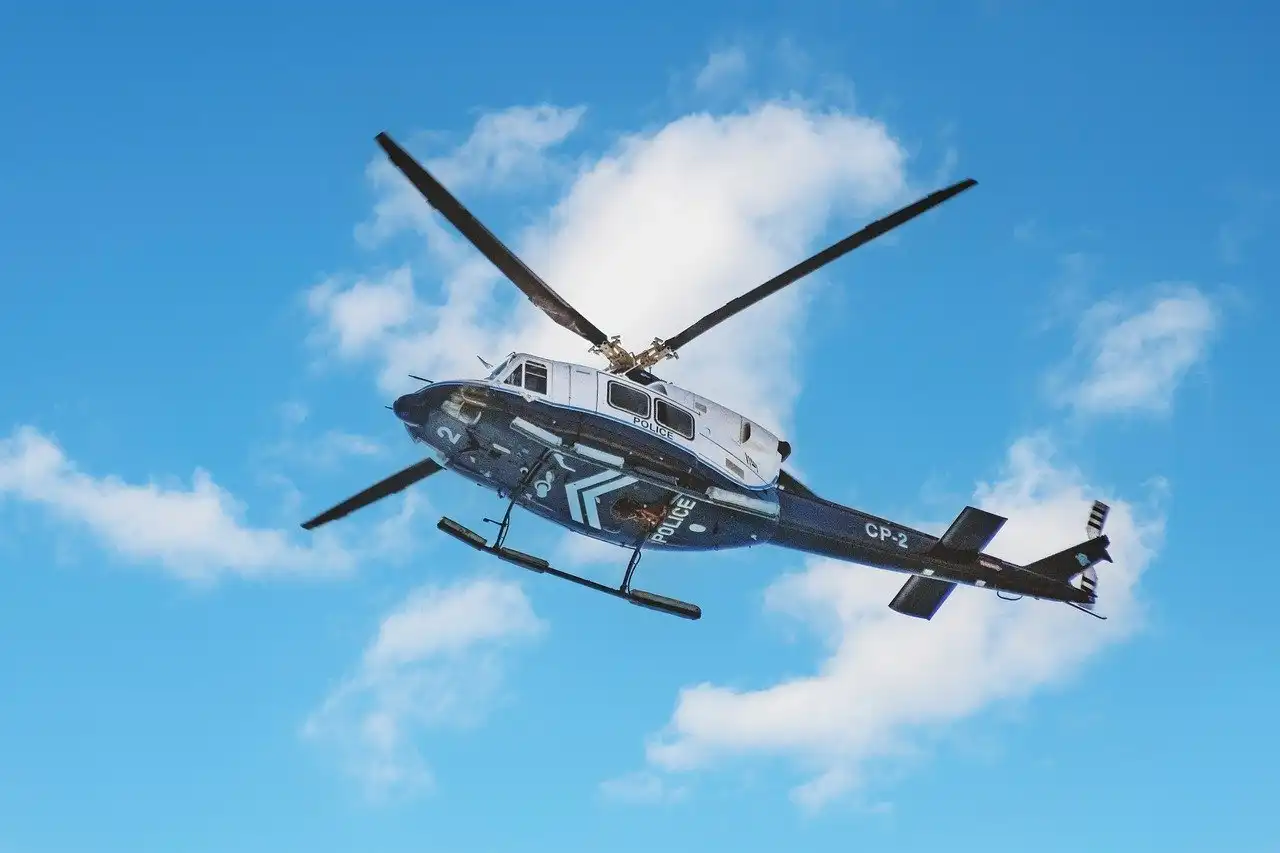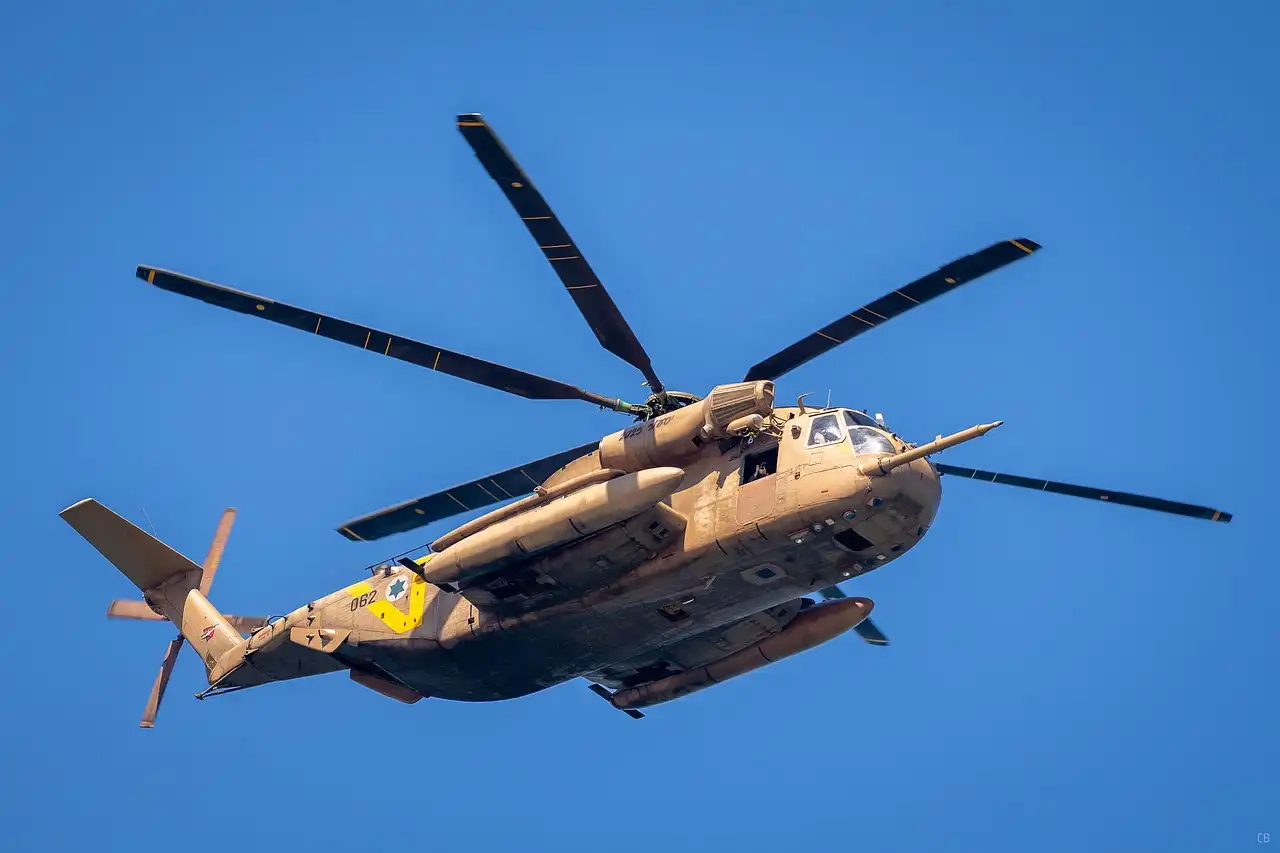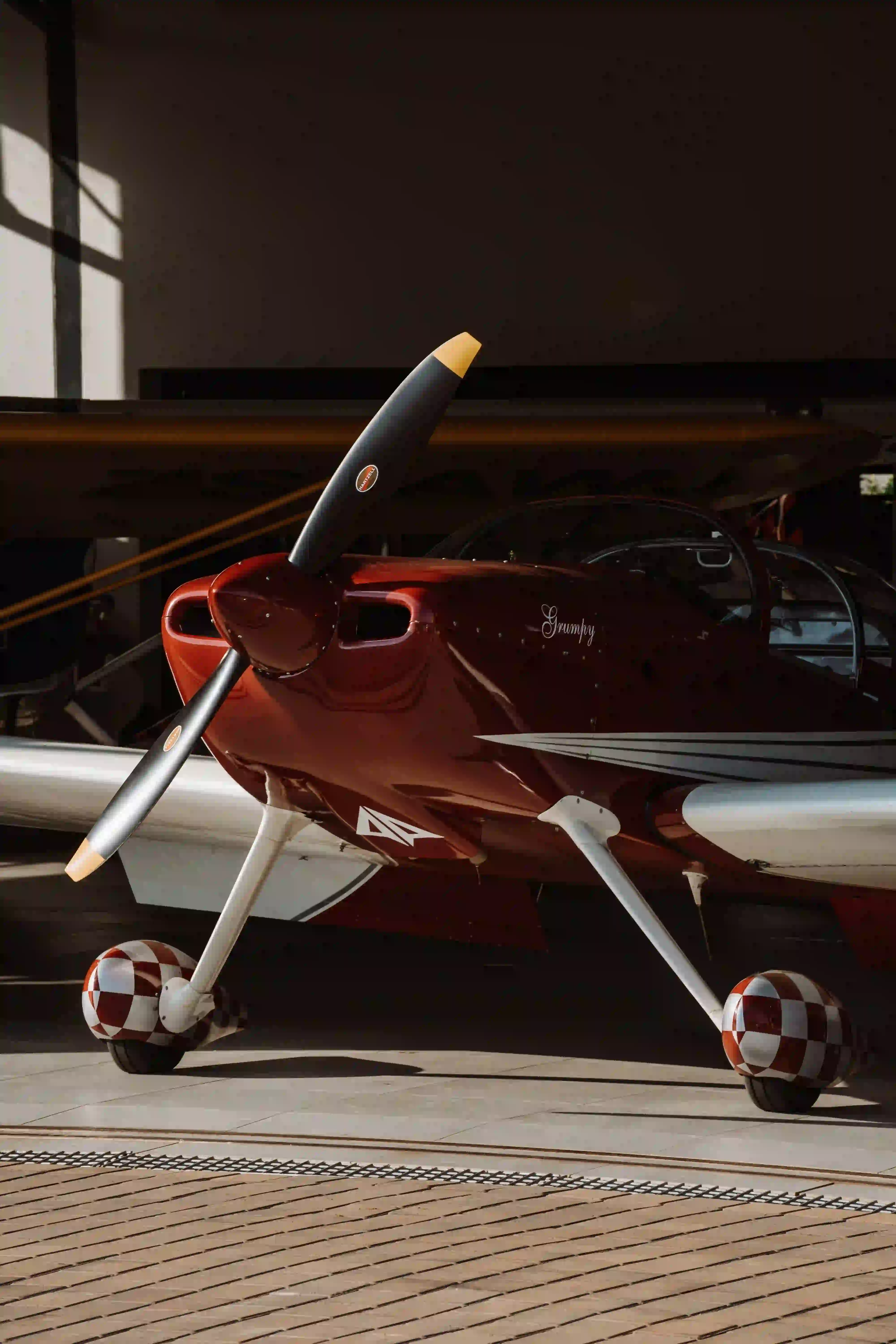
Introduction
The Importance of Propeller Maintenance and Repair in Aviation Maintenance
Propeller maintenance and repair play a crucial role in ensuring the safety and reliability of aircraft operations. A well-maintained propeller improves the efficiency of an engine, which in turn reduces fuel consumption, increases range, and enhances overall performance.
Neglecting propeller maintenance can lead to damages or failures that could result in catastrophic consequences, such as loss of control or engine power. Therefore, it is crucial for aviation maintenance professionals to understand the importance of maintaining propellers regularly.
Brief Overview of Propeller Components and Functions
A propeller is a rotating device that converts the power generated by an aircraft's engine into thrust. It consists of several components that work together to generate lift and propulsion.
The main components of a propeller include blades, hub, pitch control system, spinner, governor system, and anti-icing system. The blades are the most visible part of a propeller; they are responsible for generating lift and propulsion by converting rotational force into forward thrust.
The hub connects the blades to the crankshaft; it also contains pitch control mechanisms that enable pilots to adjust blade angle during flight. The spinner is a cone-shaped cover that surrounds the hub; it reduces drag caused by air turbulence around the hub.
The pitch control system regulates blade angles according to flight conditions; it includes mechanisms such as hydraulic pumps, pistons, linkages, and servos. The governor system maintains constant RPM by controlling fuel flow through the engine; it adjusts blade angle automatically based on changes in airspeed or altitude.
An anti-icing system prevents ice buildup on blades during flight; it includes electric heaters or hot air ducts that warm up the leading edges of blades. Overall proper care for these components is essential for safe operation during any flights involving aircrafts with propellers.

Propeller Maintenance
Pre-flight Inspection Procedures
Before every flight, a thorough inspection of the propeller should be conducted to ensure that it is in proper working condition. This includes checking the blade condition, hub and spinner inspections, and pitch control system checks. Blade condition checks involve looking for any cracks or chips on the blade surface that could affect their performance during flight.
Hub and spinner inspections include checking for any loose bolts or missing parts, as well as ensuring that the spinner is secure and properly aligned. Pitch control system checks involve verifying that the blades are properly positioned based on their angle of attack before takeoff.
Routine Maintenance Procedures
Routine maintenance procedures should also be regularly performed to keep your propeller in top working order. This includes cleaning and lubrication of all moving parts to prevent corrosion and ensure smooth operation.
It is also important to perform torque checks on all bolts holding the blades in place, as loose bolts can result in blade damage or even detachment during flight. Additionally, blade tracking adjustments may need to be made periodically if there is any indication of imbalance.
Cleaning and Lubrication
To properly clean your propeller, a mild soap solution should be used along with a soft-bristle brush to remove any dirt or debris from the surface. After cleaning, all moving parts should be lubricated with a high-quality oil or grease specified by the manufacturer. This will help prevent corrosion and keep everything operating smoothly.
Torque Checks
Torque checks involve using a calibrated wrench to verify that all bolts holding the blades in place are tightened according to manufacturer specifications. If any bolt is found to not meet these specifications, it must be tightened immediately before further use of the aircraft.
Blade Tracking Adjustments
Blade tracking adjustments may need to be made periodically if there is any indication of imbalance. This involves adjusting the pitch of each blade to ensure that they are all at the same angle of attack when rotating.
If left uncorrected, an imbalance can cause excessive vibration and even lead to blade fatigue or failure. By following these pre-flight inspection procedures and routine maintenance procedures, you can ensure that your propeller is always in proper working order.
This will not only increase safety during flight but also help extend the life of your propeller and reduce overall maintenance costs over time. Keep in mind that it is important to refer to the manufacturer's instructions for specific maintenance requirements for your particular make and model of propeller.
Aircraft Propeller Repair
Aircraft propeller is a critical component of an aircraft that require regular inspection and maintenance due to the harsh conditions they are exposed to during flight. Despite the best efforts of aircraft maintenance professionals, propellers can become damaged over time. This damage can come in many forms, including surface damage, structural damage, and corrosion damage.
Types of Damage that Can Occur to a Propeller
Surface damage is the most common type of propeller damage and occurs when the surface of one or more blades becomes scratched or nicked. This kind of damage is usually caused by foreign objects striking the blade(s) during flight or during ground operations.
Surface damage can be repaired using a variety of techniques, depending on the severity and location of the damage. Small scratches or nicks can often be repaired with sandpaper or a file without affecting the structural integrity of the blade.
Structural damage to a propeller occurs when one or more blades become bent out of shape due to excessive force being applied during operation. Structural damage can also occur due to fatigue over time, especially if an aircraft is frequently operated in harsh conditions.
Structural repairs typically involve reshaping affected areas using specialized tools such as hydraulic presses that are designed specifically for this purpose. Corrosion is another type of propeller damage that results from exposure to moisture and other corrosive elements over an extended period.
Corrosion eats away at metal surfaces over time, resulting in pitting and cracking in severe cases. Corrosion must be removed completely from affected areas before any repairs are attempted; otherwise, it will only continue to spread.
Propeller Repair Techniques
Blade refinishing involves restoring a blade's surface finish after it has been damaged by scratches or nicks caused by foreign objects striking it during flight or ground operations. Refinishing is usually done using sandpaper or files but can sometimes require more specialized equipment such as lathes or grinders.
Structural repairs involve reshaping bent blades back into their original shape using a hydraulic press or other specialized tools. These tools apply force to the affected area, gradually pushing it back into position until it is restored to its original shape.
In certain circumstances, replacing a component rather than fixing it may be more cost-effective. Corrosion removal and treatment involve removing all traces of corrosion from affected areas and treating them with corrosion inhibitors to prevent further damage.
Chemical treatments are often used in conjunction with mechanical methods such as sandblasting or wire brushing to ensure that all traces of corrosion have been removed before repairs are attempted. After treatment, the affected area is inspected carefully for any signs of remaining corrosion, and additional treatments may be required if necessary.

Propeller Overhaul Procedures
Disassembly Procedures
Propellers are vital components of an aircraft and require proper maintenance and overhaul to keep them in good condition. The overhaul process involves disassembling the propeller into its individual components.
Disassembly is usually done using specialized tools and equipment to ensure that the propeller is not damaged during the process. During disassembly, each component is inspected for wear and damage, and any faulty parts are identified for repair or replacement.
Inspection Procedures
After disassembly, each component undergoes a thorough inspection to determine its airworthiness. The inspection process includes non-destructive testing (NDT), dimensional inspection, and magnetic particle inspection (MPI).
NDT is a technique used to detect surface or subsurface defects in non-metallic materials such as carbon fiber composites that make up some of the newer propellers. Dimensional inspections ensure that each component meets manufacturer specifications, while MPI detects surface cracks in metallic components through magnetic fields.
i) Non-Destructive Testing (NDT)
Non-destructive testing uses methods such as ultrasonic testing or x-ray inspection to detect hidden defects or flaws in propellers without damaging them. Ultrasonic testing involves sending high-frequency sound waves through the material being tested, which bounce back from any internal defects and are detected by sensors. X-ray inspection uses high-energy radiation to penetrate the material being tested, revealing any internal flaws.
ii) Dimensional Inspection
Dimensional inspections involve measuring each component of the propeller against manufacturer specifications using precision instruments such as micrometers and dial bore gauges. Any components that do not meet specifications must be repaired or replaced before reassembly.
iii) Magnetic Particle Inspection (MPI)
Magnetic particle inspection detects surface cracks on metallic parts of the propeller by magnetizing the part and then applying an iron oxide powder. The powder sticks to any cracks or defects on the surface, making them visible under ultraviolet light.
Repair or Replace Damaged Parts
During the inspection process, any damaged or worn components are identified for repair or replacement. Repairs can include refinishing, welding, and structural repairs to restore components to their original condition. In some cases, it may be more cost-effective to replace a component rather than repairing it.
Reassembly Procedures
Once all components have been inspected and repaired or replaced as necessary, they are reassembled into the propeller hub. Reassembly involves using precision tools and techniques to ensure that each component is correctly installed and torqued to manufacturer specifications. After reassembly, the entire propeller assembly undergoes a final inspection before being returned to service in an aircraft.
Propeller Balancing Techniques
Static Balancing
When a propeller is installed on an aircraft, it must be perfectly balanced to ensure smooth operation. Static balancing is the first step in achieving this balance. This technique involves placing the propeller horizontally on a stand and checking its balance by using weights or shims to adjust the blades until they are level.
Static balancing can be done with a variety of tools, including bubble levels, electronic sensors, and laser alignment systems. Once the propeller is balanced in the horizontal plane, it can be rotated 90 degrees and checked for vertical balance as well.
It's important to note that static balancing only takes into account the weight distribution of the propeller itself. Other factors such as engine vibration or air turbulence can still cause imbalance during operation.
Dynamic Balancing
To achieve complete balance, dynamic balancing is used in addition to static balancing. Dynamic balancing takes into account the entire rotating system including the engine and gearbox as well as any additional components such as generators or pumps.
During dynamic balancing, sensors are attached to different parts of the system and vibrations are measured while the engine is running at various speeds. Based on these measurements, weights or shims are added or removed from different areas until all vibrations are minimized.
Dynamic balancing can be done using either portable equipment that can travel with a maintenance team or specialized equipment that remains installed at an airport or maintenance facility. It's important to note that while both static and dynamic balancing are critical for proper operation of aircraft engines, they should only be performed by trained professionals using appropriate safety precautions.

Propeller Storage Techniques
Short term storage techniques
When an airplane is not in use for a short period, the propeller should be stored in a vertical position to prevent deformation of the blades. The propeller should be covered with a protective coating, and the spinner should also be covered with a protective cap to prevent any dirt or dust from accumulating on it.
Additionally, the blades should be coated with a rust inhibitor to maintain their integrity. If an airplane is not going to be used for several weeks, the propeller should still be stored in a vertical position and covered with a protective coating.
However, it is important to ensure that the propeller is turned periodically during storage. This will help prevent flat spots from forming on the tires due to prolonged pressure on one area.
Long term storage techniques
When an airplane is not going to be used for an extended period, such as months or even years, special care must be taken when storing its propellers. The first step in long-term storage of aircraft propellers is disassembling them as much as possible. The blades must then be placed in suitable containers filled with oil or suitable preservation fluids.
These containers are sealed tightly and labeled clearly. The oil or preservation fluid helps keep rust and corrosion at bay by protecting exposed surfaces from moisture.
The remaining parts of the assembly will also require special treatment during long-term storage. Before disassembling them, they must first be thoroughly cleaned and dried using compressed air so that no water droplets remain inside any crevices or chambers that could cause corrosion over time.
The Importance of Propeller Storage Techniques
Properly storing aircraft propellers when they are not in use can significantly extend their lifespan and minimize maintenance requirements later on. By following industry best practices for short- and long-term storage techniques tailored specifically to aircraft propellers, operators can avoid expensive repairs and replacements, while ensuring the overall safety and reliability of their aircraft.
Conclusion
Summary of the Best Practices for Propeller Maintenance and Repair in Aviation Maintenance
Best Practices for propeller maintenance and repair is a crucial aspect of aviation maintenance that should never be overlooked. Failure to properly maintain propellers can lead to accidents and fatalities, as well as expensive repairs. Regular inspections, cleaning, lubrication, and torque checks should be carried out on propellers to ensure optimal performance.
Additionally, it is important to promptly repair any damage or corrosion that may occur. Propeller maintenance and repair also plays a significant role in prolonging the lifespan of aircraft engines.
By keeping propellers in good condition, engine wear can be minimized and overall performance can be improved. Furthermore, adhering to proper maintenance procedures can result in increased fuel efficiency and decreased emissions.
Future Developments in Propeller Technology
As with most areas of aviation technology, the field of propellers is constantly evolving and improving. Advancements are being made in materials used for construction such as composites that offer improved strength-to-weight ratios. Innovative designs are also emerging for both fixed-pitch and variable-pitch blades that promise greater efficiency.
In addition to these material-based improvements, manufacturers are also exploring ways to incorporate digital technologies into propeller systems. This could include sensors that monitor blade position or vibration levels for early detection of problems or self-diagnosing capabilities through integrated electronics.
Overall, the future looks bright when it comes to propeller technology advancements - providing better performance through higher efficiency while ensuring safety. However it's still very important not o forget about the importance of regular maintenance which remains paramount in ensuring long-term reliability from your investment!
